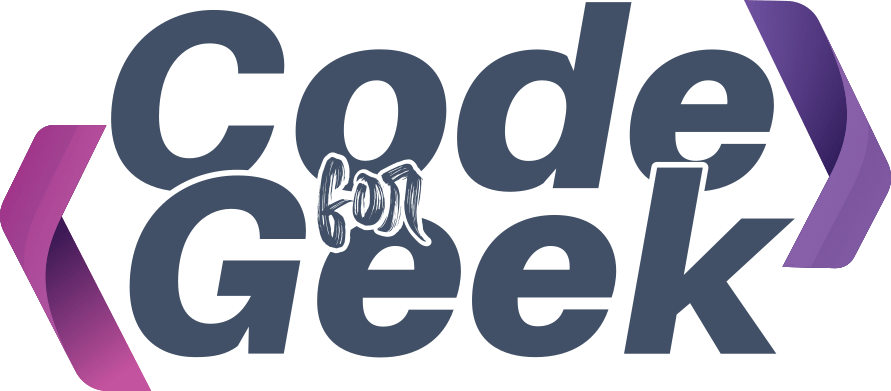We have been using ledgers for a long time to keep track of financial transactions. But with the development of blockchain technology, the traditional ledger has changed a lot. Let’s understand what a ledger means in blockchain and how it is different from traditional ledgers.
What is a Blockchain Ledger?
A blockchain ledger is a decentralized, distributed, and immutable record-keeping system. Unlike traditional ledgers that rely on a central authority for validation, blockchain operates on a network of computers (nodes) where each transaction is recorded in blocks and linked in chronological order.
Each block stores transaction data and a reference to the previous block, forming a tamper-proof chain. This structure ensures data integrity, as altering one block would require modifying all subsequent blocks—a practically impossible task due to cryptographic security.
Key Features of a Blockchain Ledger:
- Decentralization – No single entity controls the ledger; it is distributed across multiple nodes.
- Transparency – Public blockchain ledgers allow all users to view transactions, enhancing trust.
- Immutability – Once recorded, data cannot be altered or deleted, ensuring a tamper-proof system.
- Security – Transactions are encrypted using cryptographic hashing, preventing unauthorized modifications.
- Automation – Smart contracts enable automated execution of agreements without intermediaries.
Each block in a blockchain ledger contains:
- A cryptographic hash of the previous block
- A timestamp
- Transaction data
This structure ensures the integrity of the data and prevents fraud.
What is a Traditional Ledger?
A traditional ledger is a centralized record used for bookkeeping in businesses, governments, and financial institutions. It can be maintained manually (physical books) or digitally (spreadsheet software like Excel or accounting programs like QuickBooks).
Key Features of a Traditional Ledger:
- Centralized Control – Managed by a single entity (e.g., a bank or organization).
- Limited Transparency – Only authorized personnel can access and modify records.
- Alterable Data – Entries can be modified or deleted, making them vulnerable to fraud.
- Lack of Encryption – Unless secured manually, traditional ledgers lack cryptographic protection.
- Manual Verification – Requires audits and reconciliations to ensure accuracy.
Blockchain Ledger vs Traditional Ledger
| Feature | Blockchain Ledger | Traditional Ledger |
|---|---|---|
| Control | Decentralized | Centralized |
| Transparency | Publicly accessible (for public blockchains) | Restricted to authorized personnel |
| Immutability | Cannot be altered once recorded | Can be modified or deleted |
| Security | Secured using cryptographic hashing | Vulnerable to hacking and fraud |
| Automation | Uses smart contracts for self-executing agreements | Requires manual intervention |
| Accessibility | Available 24/7 across nodes | Limited access, often requires permissions |
How Blockchain Ledgers Are Changing the Financial Landscape
- Banking & Finance: Reduces fraud, enhances transparency, and speeds up transactions.
- Supply Chain Management: Enables tracking of goods in real-time with secure records.
- Healthcare: Safeguards patient records with immutable data storage.
- Voting Systems: Prevents election fraud through a transparent and tamper-proof system.
Code Example: Blockchain Ledger in JavaScript
Here’s a simple implementation of a blockchain ledger using JavaScript:
class Block {
constructor(index, timestamp, data, previousHash = '') {
this.index = index;
this.timestamp = timestamp;
this.data = data;
this.previousHash = previousHash;
this.hash = this.calculateHash();
}
calculateHash() {
return CryptoJS.SHA256(
this.index + this.previousHash + this.timestamp + JSON.stringify(this.data)
).toString();
}
}
class Blockchain {
constructor() {
this.chain = [this.createGenesisBlock()];
}
createGenesisBlock() {
return new Block(0, Date.now(), 'Genesis Block', '0');
}
addBlock(newBlock) {
newBlock.previousHash = this.chain[this.chain.length - 1].hash;
newBlock.hash = newBlock.calculateHash();
this.chain.push(newBlock);
}
}
const myBlockchain = new Blockchain();
myBlockchain.addBlock(new Block(1, Date.now(), { amount: 100 }));
console.log(JSON.stringify(myBlockchain, null, 2));
Conclusion
The ledger meaning in blockchain goes beyond traditional bookkeeping. Blockchain ledgers provide security, transparency, and decentralization, making them a revolutionary advancement in record-keeping. While traditional ledgers still hold relevance, blockchain technology is rapidly transforming industries by ensuring tamper-proof, automated, and secure data management.





